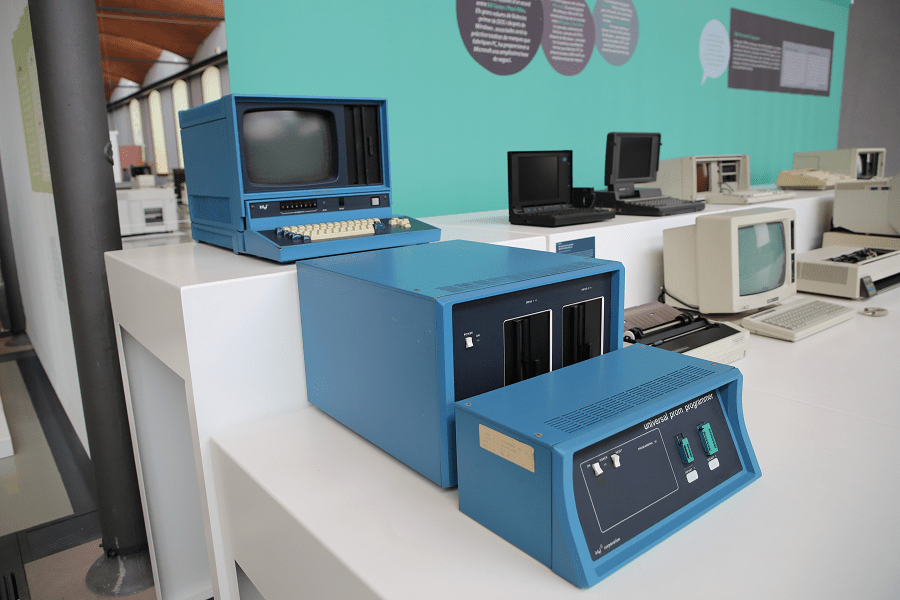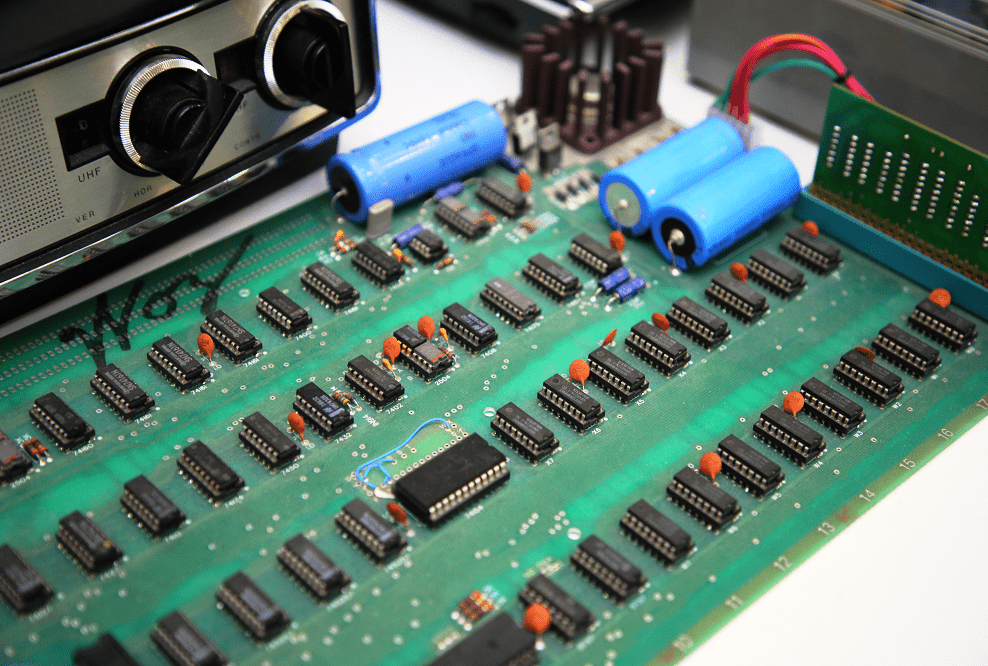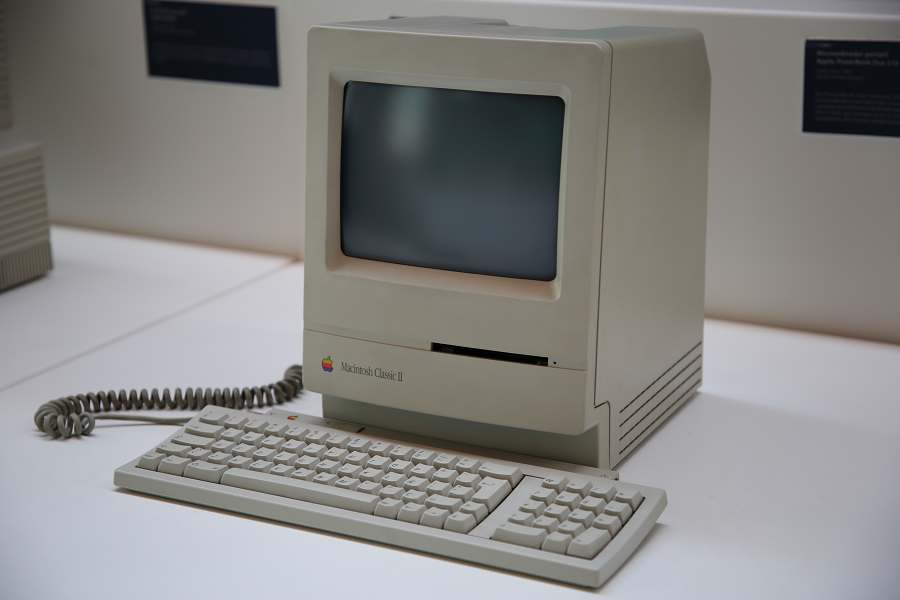On February 11, 1965, IBM introduced the 1130 computing system as a powerful small computer offering a capability greater than systems costing several times as much.
The total production run of the 1130 has been estimated at 10,000. The 1130 holds a place in computing history because it (and its non-IBM clones) gave many people their first direct interaction with a computer. Its price-performance ratio was good and it notably included inexpensive, removable disk storage, with reliable, easy-to-use software that supported several high-level languages. The low price (from around $32,000 or $41,000 with disk drive) and well-balanced feature set enabled interactive “open shop” program development.
The IBM 1130 uses the same electronics packaging, called Solid Logic Technology (SLT), used in System/360. It has a 16-bit binary architecture, as do later minicomputers like the PDP-11 and Data General Nova.
The address space is 15 bits, limiting the 1130 to 32,768 16-bit words (65,536 bytes) of memory. The 1130 uses magnetic-core memory, which the processor addresses on word boundaries, using direct, indirect, and indexed addressing modes.











